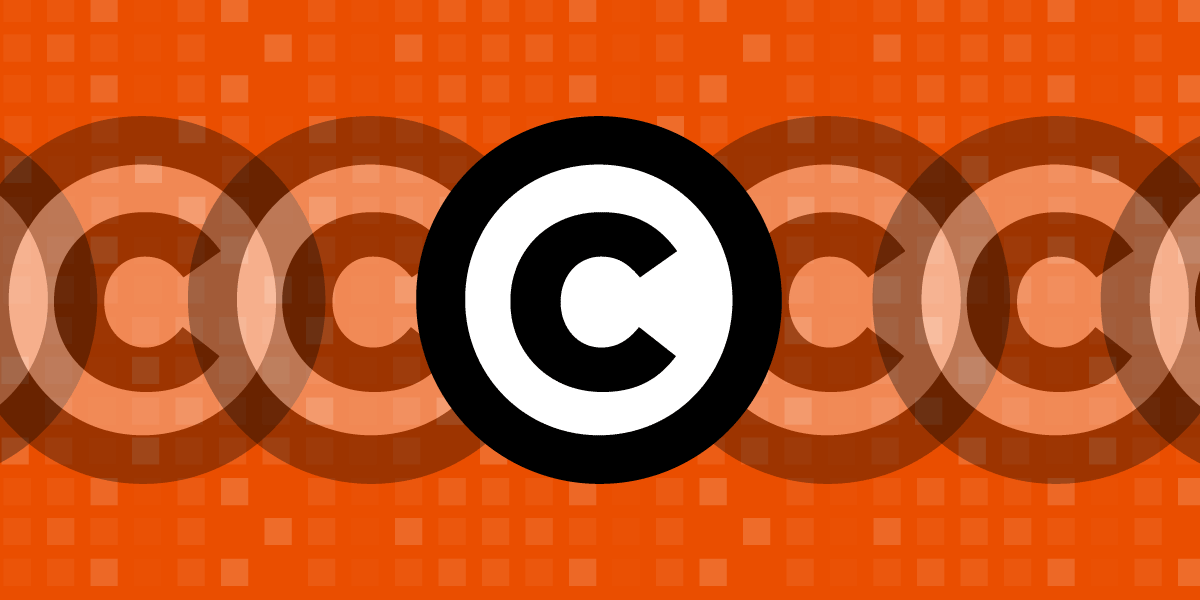When it comes to software, it seems that no matter how many times a company loses on a clearly wrong copyright claim, it will soldier on—especially if it can find a path to the U.S. Court of Appeals for the Federal Circuit. The Federal Circuit is supposed to be almost entirely focused on patent cases, but a party can make sure its copyright claims are heard there too by simply including patent claims early in the litigation, and then dropping them later. In SAS v. WPL, that tactic means that a legal theory on software copyrightability that has lost in three courts across two countries will get yet another hearing. Hopefully, it will be the last, and the Federal Circuit will see this relentless opportunism for what it is.
That outcome, however correct, is far from certain. The Federal Circuit got this issue very wrong just a few years ago, in Oracle v. Google. But with the facts stacked against the plaintiff, and a simpler question simpler to decide, the Federal Circuit might get it right this time.
The parties in the case, software companies SAS Institute Inc. (SAS) and World Programming Ltd. (WPL), have been feuding for years in multiple courts in the U.S. and abroad. At the heart of the case is SAS’s effort to effectively own the SAS Language, a high-level programming language used to write programs for conducting statistical analysis. The language was developed in the 1970s at a public university and dedicated to the public domain, as was software designed to convert and execute SAS-language programs. Works in the public domain can be used by anyone without permission. That is where the original SAS language and software executing it lives.
A few years later, however, some of its developers rewrote the software and founded a for-profit company to market and sell the new version. It was alone in doing so until, yet more years later, WPL developed its own, rival software that can also convert and execute SAS-Language programs. Confronted with new competition, SAS ran to court, first in the U.K., then in North Carolina, claiming copyright infringement. It lost both times.
Perhaps hoping that the third time will be the charm, SAS sued WPL in Texas for both patent and copyright infringement. Again, it lost—but it decided to appeal only the copyright claims. As with Oracle v Google, however, the fact that the case once included patent claims—valid or not—was enough to land it before the Federal Circuit.
It is undisputed that WPL didn’t copy SAS’s actual copyrighted code. Instead, SAS claims WPL copied nonliteral, functional elements of its system: input formats (which say how a programmer should input data to a program to make the program work properly) and output designs (which the computer uses to let the programmer view the results correctly). These interfaces specify how the computer is supposed to operate—in response to inputs in a certain format, produce outputs that are arranged in a certain design. But those interfaces don’t instruct the computer how it should perform those functions, for which WPL wrote its own code. SAS’s problem is that copyright law does not, and should not, grant a statutory monopoly in these functional elements of a computer program.
SAS is desperately hoping that the Federal Circuit will say otherwise, based on the Federal Circuit’s previous ruling, in Oracle v. Google, that choosing among various options can suffice to justify copyright protection. In other words, if a developer had other programming options, the fact that it chose a particular path can allegedly be “creative” enough to merit exclusive rights for 70+ years. As we explained in our amicus brief, that reliance is misplaced.
First, the facts of this case are different –WPL, unlike Google, didn’t copy any actual code. Again, this is undisputed. Second, Oracle v. Google was based on a fundamentally incorrect assumption that the Ninth Circuit (the jurisdiction from which Oracle arose and, therefore, whose law the Federal Circuit was bound to apply) would accept the “creative choices” theory. How do we know that assumption was wrong? Because the Ninth Circuit later said so, in a different case.
But SAS should lose for another reason. In essence, it is trying to claim copyright in processes and methods of operation–elements that, if they are protectable at all, are protected only by patent. If SAS couldn’t succeed on its patent claims, it shouldn’t be allowed to rely on copyright as a backstop to cover the same subject matter. In other words, SAS cannot both (1) evade the limits on patent protection such as novelty, obviousness, eligible patent subject matter, the patent claim construction process, etc.; and, at the same time (2) evade the limits on copyright protection by recasting functional elements as “creative” products.
In addition to these points, our brief hopes to remind the court that the copyright system is intended to serve the public interest, not simply the financial interest of rightsholders such as SAS. The best way for the Federal Circuit to serve that public interest here is to defend the limits on copyright protection for functional parts of computer programs, and to clarify its previous erroneous computer copyrightability ruling in Oracle v. Google. We hope the court agrees.










